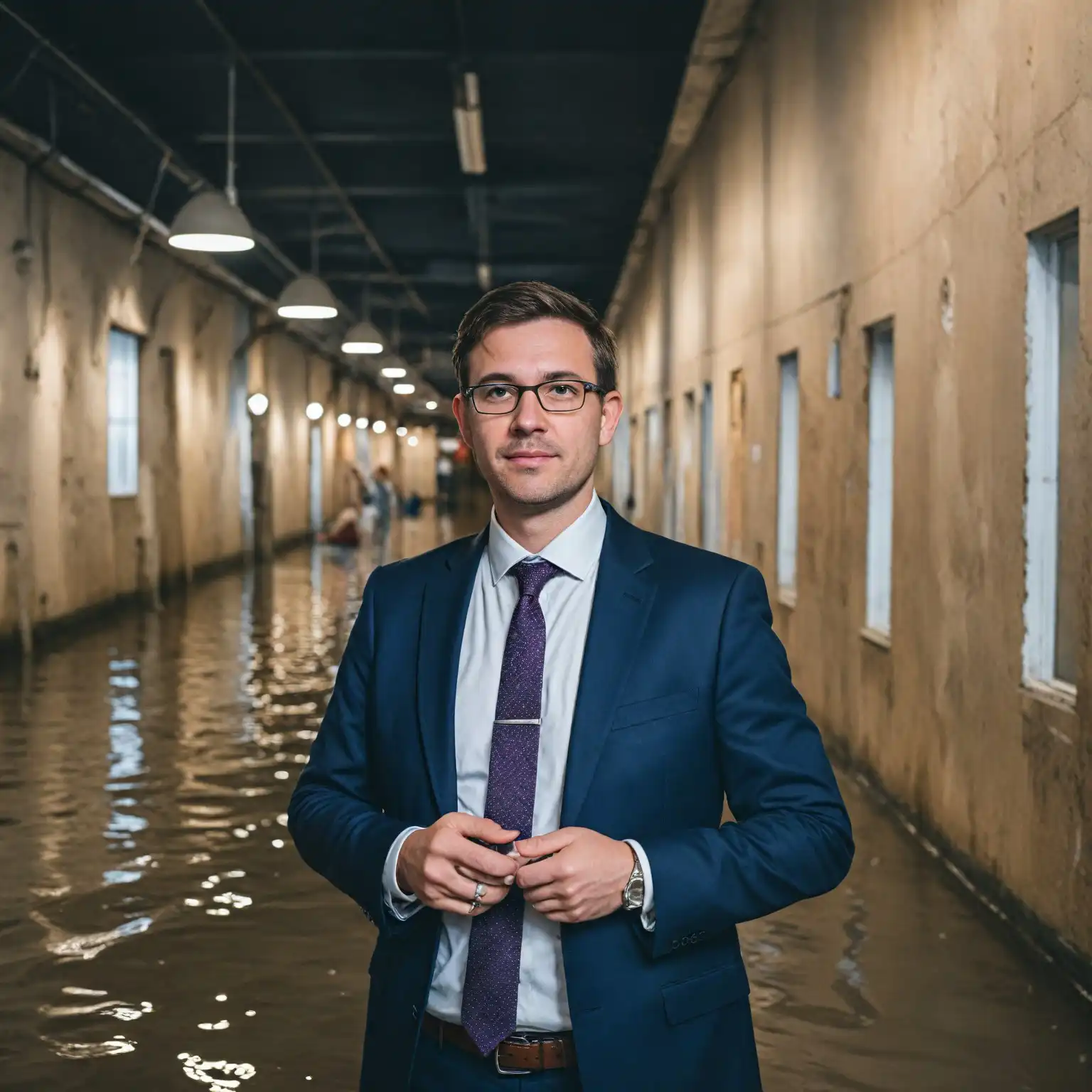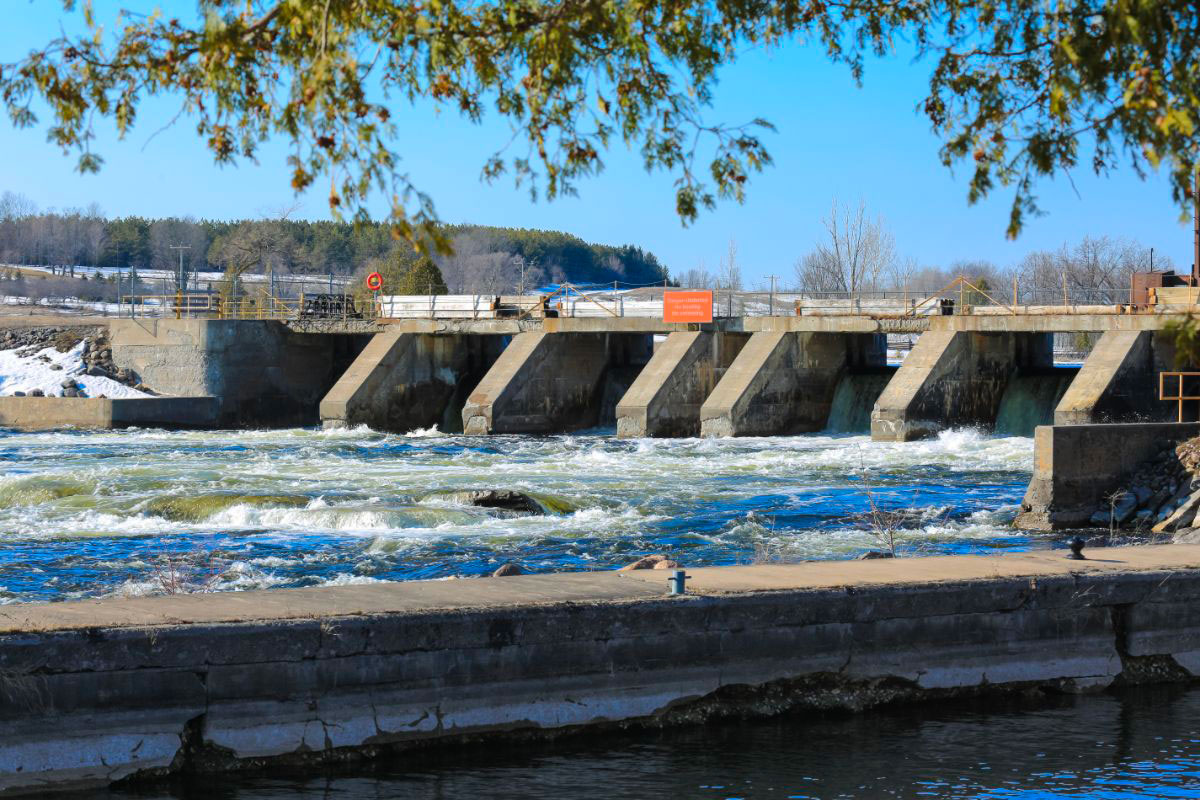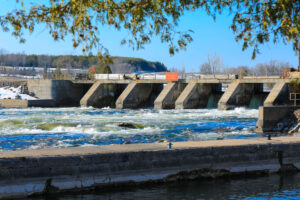Flooding: Impact on Communities and Effective Prevention Strategies
Floods are major natural disasters that affect millions of people around the world every year. Their impact is often devastating, affecting not only infrastructure and the environment, but also human communities. In this article, we look at the consequences of floods and the prevention strategies that can help reduce their destructive impact.
Impact of Flooding on Communities
Floods can cause considerable damage, the repercussions of which are often visible long after the event. Affected communities can suffer significant loss of personal property, damage to homes, and destabilisation of essential services such as drinking water and electricity. The loss of these basic infrastructures can lead to prolonged humanitarian crises and require international assistance.
The economic consequences are also significant. Local businesses may close, resulting in loss of income and jobs. In addition, the costs associated with rebuilding and repairing infrastructure can weigh heavily on public finances. Flooding can also have an impact on public health, increasing the risk of communicable diseases due to contaminated water.
The psychological impact on individuals should not be underestimated either. People affected by flooding may experience stress, anxiety and post-traumatic stress disorder. Children, in particular, are vulnerable and may suffer long-term consequences for their emotional and educational development.
Flood Prevention and Management Strategies
Prevention is key to reducing the impact of flooding. A proactive approach includes several key strategies:
-
- Urban and Regional Planning: Urban planning plays a crucial role in flood prevention. Buildings must comply with rigorous standards to avoid flood-prone areas and incorporate efficient drainage systems. The creation of buffer zones, such as green spaces and infiltration areas, can help to absorb excess water.
- Early Warning Systems: Modern technology makes it possible to develop sophisticated early warning systems that can inform at-risk populations of impending danger. These systems, combined with awareness campaigns and well-developed evacuation plans, can save lives and reduce material losses.
- Resilient infrastructure: Investing in resilient infrastructure, such as reinforced dykes, dams, and pumping systems, is essential to protect communities from flooding. These structures need to be regularly maintained and updated in line with new knowledge and climate change.
- Catchment Management : Effective catchment management is essential to control water levels and reduce the risk of flooding. Practices such as reforestation, soil conservation and rainwater management can help maintain a hydrological balance and prevent flooding.
- Education and awareness: Educating local communities about flood risks and prevention measures is crucial. Educational programmes can include emergency simulations, asset management workshops and advice on what to do before, during and after a flood.
h3>Conclusion: Towards greater flood resilience
Floods are devastating events that require a coordinated and proactive response. By understanding the impacts on communities and implementing effective prevention strategies, it is possible to reduce damage and improve resilience to these disasters. Collaboration between governments, non-governmental organisations and citizens is essential to build a safer and more resilient future in the face of flooding.
By investing in appropriate infrastructure, developing early warning systems and promoting awareness, we can better prepare our communities and minimise the destructive effects of flooding.

My name is Martin Desmet and I’m passionate about flood studies and hydrological risk management. For more than 20 years, I have devoted my career to understanding flood-related phenomena and helping communities to better prepare for and protect themselves against these devastating events. After completing my doctorate in hydrology at the University of Liège, I had the opportunity to work on various projects in collaboration with government bodies, NGOs and private companies. My career has led me to take a close interest in flood modelling and the impact of climate change on our hydrological regimes. I have also had the opportunity to contribute to the design of early warning systems and emergency plans for vulnerable regions. Even though I have published a few scientific articles and given lectures, I remain first and foremost involved in the field, where I can provide concrete solutions tailored to the needs of communities. Outside work, I enjoy spending time in nature, particularly near rivers and wetlands, which inspire me and help me to better understand the ecosystems I study. My aim is to continue learning and sharing my knowledge to help reduce the impact of flooding on our lives and our environment.
Discover more from Flood-news.org
Subscribe to get the latest posts sent to your email.








Leave a Reply